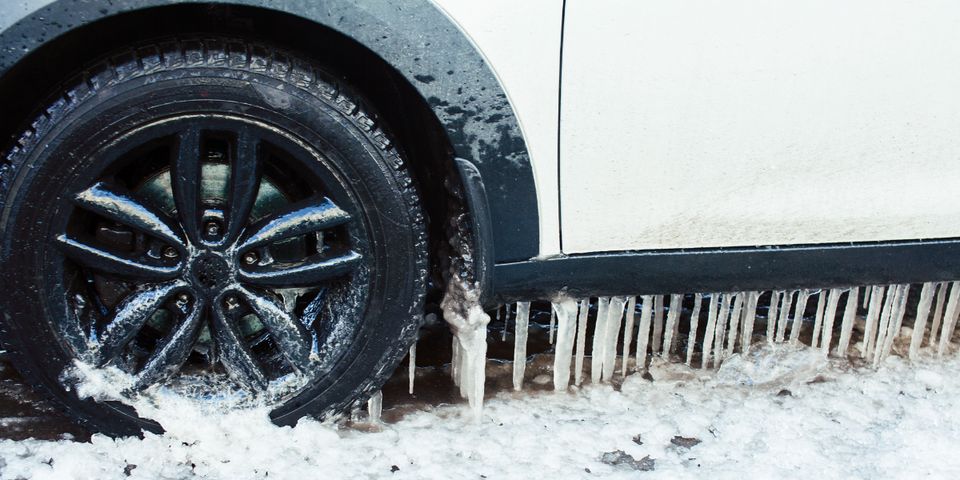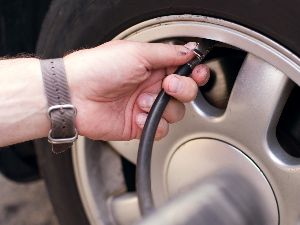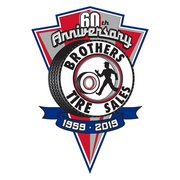
Proper tire pressure promotes even wear across the treads, so it’s important to pay attention to cues like a low-pressure indicator light. This u-shaped dashboard warning is an early alert to air pressure changes that could negatively affect your vehicle. This guide explains why they tend to pop up during cold snaps and how you should handle the situation.
How Does Cold Weather Affect Tire Pressure?
As the air inside your wheels gets colder, it condenses and reduces the overall pressure. As you drive, the motion will cause the air to warm up. If the difference in temperature is minimal, this can return the pressure to optimum levels.

If there’s been a severe drop in temperature that will last for several days, you’ll want to add extra air to inflate them to the recommended pressure. Don’t forget to let this air back out once warmer weather hits.
How Can You Check the Tire Pressure During Winter?
When the cold weather rolls in, plan to check your tires’ pressure at least once a month. This ensures they don’t drop too low or end up over-inflated. Most vehicles have a separate cold-weather inflation recommendation that you can find on a sticker inside the driver’s side door or look up in the owner’s manual. Park the vehicle on a flat, even surface and avoid testing the pressure right after driving, as this can distort the readings.
To test the air levels, attach a pressure gauge to the valve stem and note the reading for each tire. If you add air to any of the wheels, check the pressure again afterward. If the reading is above the desired range, press down on the valve stem to release the extra air and remeasure.
If you’re experiencing tire issues, reach out to the experts at Brothers Tire Sales in Kannapolis, NC. You’ll enjoy shopping their wide catalog of high-quality tires that are full of well-known brands such as Michelin® & BF Goodrich®. Serving the area since 1959, this friendly team of mechanics has been voted the best tire dealer in Cabarrus County for three years running. Call (704) 933-2203 to schedule a service or visit their website for more tire care tips.
About the Business
Have a question? Ask the experts!
Send your question

